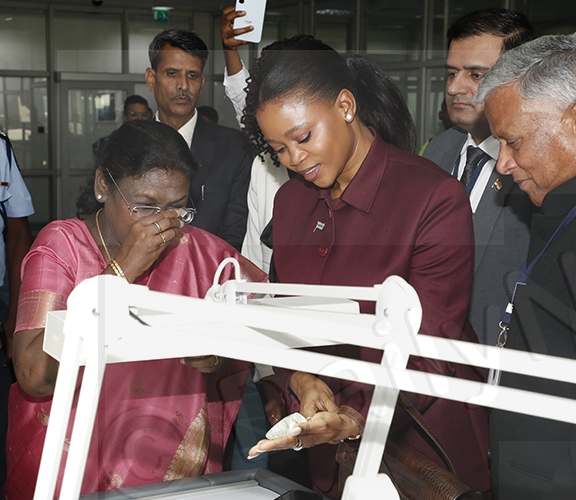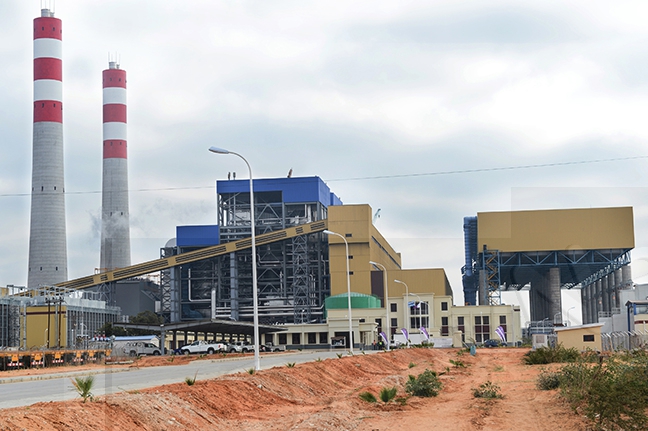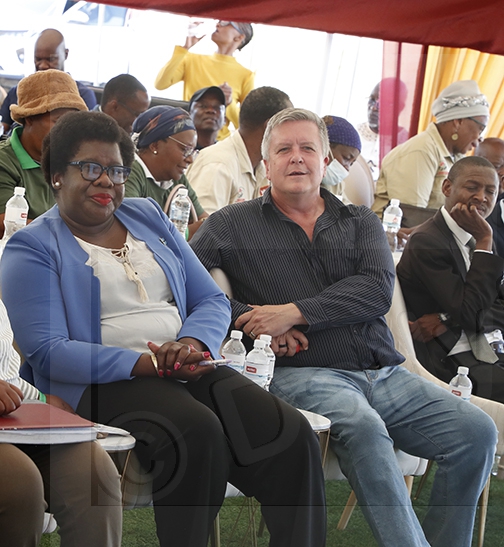President calls for best practices
02 Dec 2021
The President, Dr Mokgweetsi Masisi says the bull testing facility at the government’s ranch in Good Hope should be exemplary in improving quality and increasing the number of livestock herds to upturn the agricultural sector.
Speaking during a tour of the facility on Wednesday, Dr Masisi urged employees of the Ministry of Agricultural Development and Food Security to be the best in farming practices for maximum output.
He said bull testing was a fundamental programme that had potential to revolutionise and add value to the agricultural sector, hence he called for the diversification of bulls to improve the quality and increase herds.
He said given that the ranch was a national resource, he would like to see other countries benchmarking at the facility.
The President thus advised them to generate a lot of data, to turn the facility into a reference point and a benchmarking model. He also encouraged the employees to help with food security by championing agricultural development through local production, reduction of import bill, diversification of the sector, value addition, employment, promotion of consumption of local foodstuff, as well as establishment of agricultural based poverty eradication projects.
The President appreciated the facility though there were teething problems that needed to be addressed to ensure it functioned to its optimum output.
He advised on best crisis and disaster management skills, such as having fire breakers in the area to minimise harm and other undesirable outcomes, in the event of a fire outbreak.
Dr Masisi also advised employees to supplement natural grazing pastures.
He implored scientific research officers to use the manual system and structures in the event the automated computer based system was malfunctioning, for efficiency purposes, stressing the need for a system that had an alternative.
The automated computer based system monitors feeding intake of bull and time taken for feeding, body weight and average daily gain in beef cattle during growing and finishing phases.
Speaking in an interview after the tour, agricultural research officer, Mr Utlwanang Moreri said in livestock, there were no better breeds, but all depended on the farmer’s proficiency or capability.
He said some farmers were more efficient with medium sized breeds than with large framed ones, whilst some breeds were affected by harsh climatic conditions.
Mr Moreri advised farmers to keep records, check efficiency of the ranch and know critical areas that needed focus to improve farming methods.
He said they selected best bulls with a deliberate intention to improve cattle herd through a process called genotyping, which is the use of laboratory testing and analysis to create a precise picture of deoxyribonucleic acid (DNA) or the hereditary material that an individual animal inherits from its parents.
He said they had five types of bull breeds at the ranch; Musi, Tswana, Tuli, Brahman and Bonsmara. Mr Moreri shared countries had an international obligation to conserve animal genetic or hereditary resources, adding that the Food and Agricultural Organisation (FAO) provided technical assistance to countries. He said countries meet in Rome, Italy every two years and agree on what should be done as well as providing progress reports on what they have done to improve and conserve animals.
He said almost all countries were reporting that indigenous breeds were on the brink of extinction, therefore developing institutions and empowering them to manage animal inheritances or genetics remained paramount. Ends
Source : BOPA
Author : keith keti
Location : Good Hope
Event : Tour
Date : 02 Dec 2021






